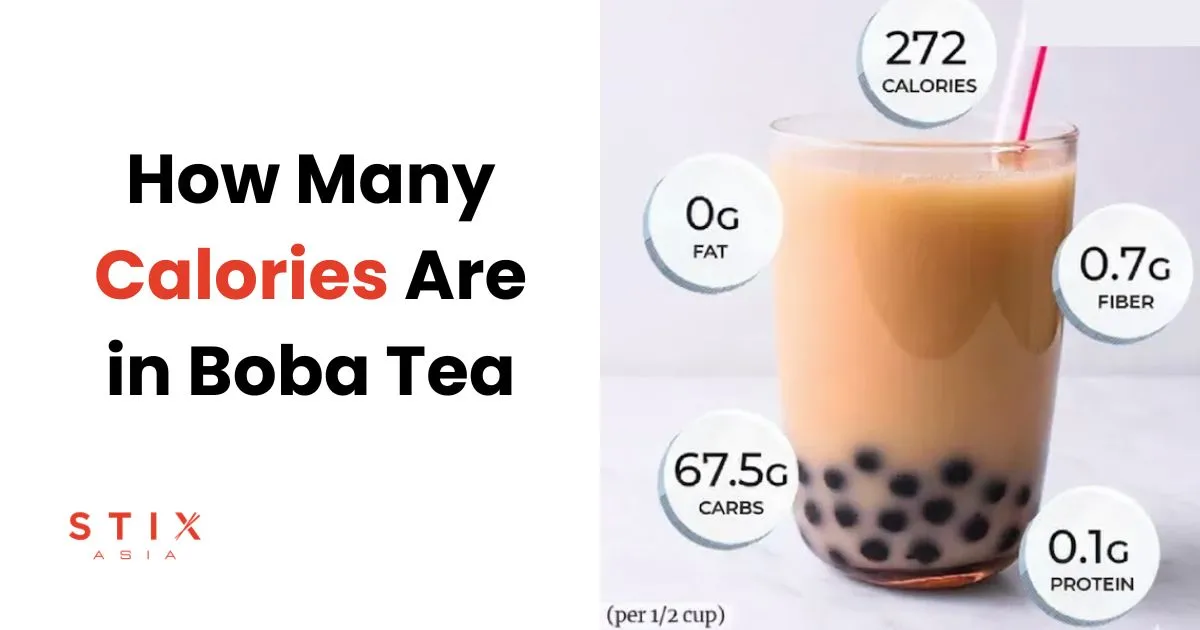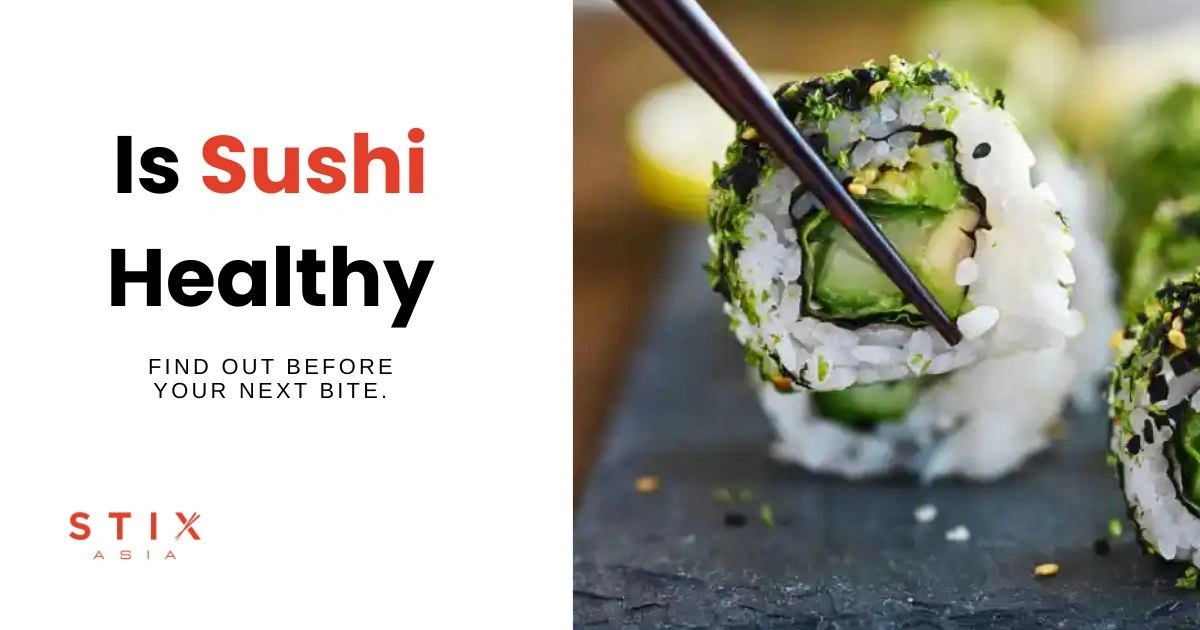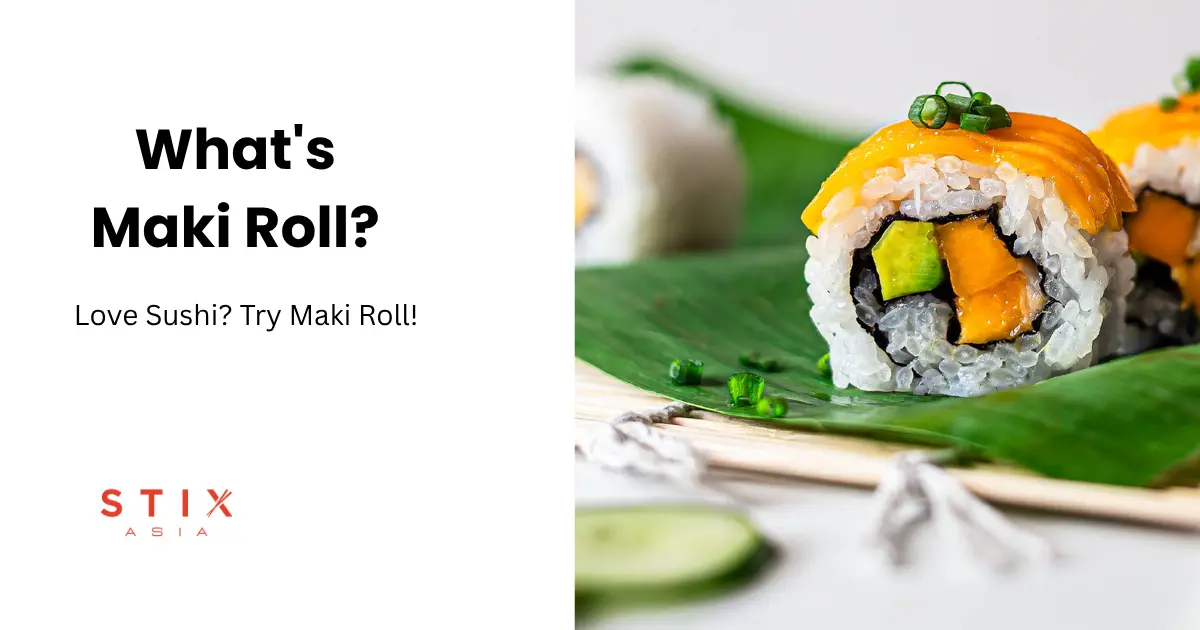Nigiri is a slice of fish (raw or cooked) placed on vinegared rice; sashimi is thinly sliced raw seafood served without rice. Nigiri feels more filling due to the rice (carbs + protein), while sashimi is low-carb and protein-rich. Use nigiri for a balanced, less-intimidating start; pick sashimi for pure fish flavor or low-carb eating – both have Japanese origins and typical servings range from a few nigiri pieces to 6–16 sashimi slices.
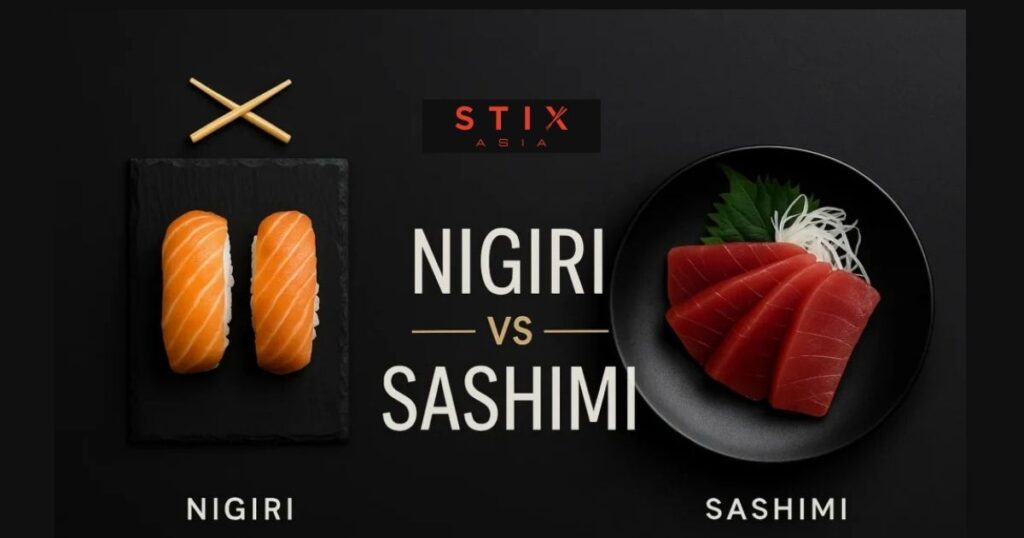
What’s Sushi?
Sushi refers to dishes made with vinegared, short-grain rice (shari). Common styles include maki (rolls), nigiri, chirashi, oshizushi, inarizushi, and narezushi.
Here is a surprise, you know what, sashimi is not part of sushi. Many people are taking it as sushi but the definition of sushi is somewhat different. As we already told you what sushi is. Let’s understand the Nigiri sushi concept first. Later we will discuss sashimi and then there is a comparison table which will help you understand better.
What’s Nigiri Sushi?
Nigiri sushi is a thinly sliced, bite-sized piece of fish, raw or cooked, and set on the top of a mound of vinegared rice. In between the rice and sushi, you’ll find either a small amount of wasabi or toasted seaweed. Similarly, modern restaurants also use Thai chili or herbs as seasoning.
Origin of Nigiri:
Nigiri originated in the Edo period (1603-1868) in Japan. The man named Hanaya Yohei from Ryogoku created it for the first time.
Tokyo was formerly known as Edo, and nigiri actually solved the problems of merchants and workers looking for quick, easy meals. The name Nigiri is derived from the Japanese word “Nigirizushi”, meaning “hard-pressed sushi”.
Later on, chefs added a small amount of wasabi between the fish and rice, and people actually liked it.
In 1950, Nigiri made its way in America and soon became a popular Japanese dish.
Nutrients in Nigiri:
Nigiri has the following nutrients:
- Protein: typically ~3–5 g per piece (depends on fish; salmon/eel higher, white fish leaner).
- Carbohydrates (from rice): ~6–10 g per piece.
- Calories: ~55–85 kcal per piece.
- Fat: varies by topping (e.g., salmon/eel higher; tuna/white fish lower).
- Micronutrients: small amounts of B-vitamins and selenium from the fish; rice contributes trace minerals (e.g., magnesium/manganese). Exact amounts vary by species and cut.
- Sodium note: plain nigiri is modest in sodium, but soy sauce and seasoned rice increase it.
How to Eat Nigiri?
As Nigiri is a one-bite dish, it’s generally acceptable to eat it with your fingers to enjoy it in one go. But if you want, you can also use chopsticks. Honestly speaking, “if you truly want to taste the classic sushi, trust your chef and enjoy it without additional condiments in one bite.”
Popular Types of Nigiri Sushi:
Famous types of Nigiri Sushi are as follows:
- Akami (lean red fish, e.g., tuna)
- Shiromi (white fish)
- Hikarimono (silver-skinned fish, e.g., mackerel)
- Roe (ikura/tobiko)
- Kai (shellfish)
What’s Sashimi?
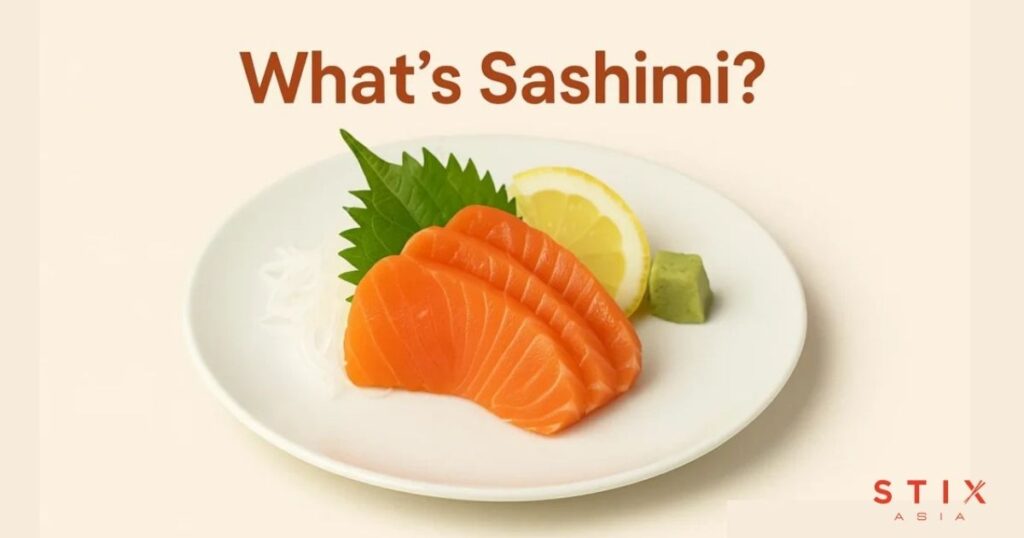
So many people consider sashimi as a type of sushi, and it’s usually found side by side on sushi menus as well. But, sashimi isn’t sushi at all!
Sashimi is simply raw fish; it’s sliced in a unique way and served without rice. The sashimi platter is garnished with daikon and shiso leaves. It’s usually served with sauces such as soy, ponzu, or dashi soyu and toppings like yuzu kosho, lemon, and sea salt. It has a simple, elegant presentation but quite complex behind-the-scenes preparation.
Origin of Sashimi :
Sashimi had deeper historical roots in Japan than nigiri. Sashimi originated between 1600 and 1867 from earlier preservation techniques. People used narezushi, known as fermented raw fish, and haya-sushi, known as quickly pickled raw fish, and this gave rise to Sashimi.
Nutrients in Sashimi:
Sashimi have these nutrients:
- High in protein: Typically ~18–30 g protein per 100 g, depending on the fish.
- Very low carb: Plain sashimi has ~0 g carbs (carbs may be added by sauces or sides).
- Omega-3s: Fatty fish like salmon often provide meaningful EPA/DHA.
- Micronutrients: Can provide vitamin B12 and vitamin D; amounts vary by species and cut.
- Sodium note: Plain sashimi is naturally low in sodium, but dipping sauces (e.g., soy) increase sodium.
How to Eat Sashimi?
You can eat sashimi with chopsticks to dip fish into sauces and pair it with seasonings. You can enjoy sashimi with soy sauce, wasabi, yuzu kosho, lemon, sea salt, ponzu, or dashi shoyu.
Popular Types of Sashimi:
Popular types of sashimi are:
- Maguro (tuna)
- Sake (salmon)
- Shiro-maguro (albacore)
- Aji/Saba (horse mackerel/mackerel)
- Uni (sea urchin)
Difference Between Nigiri and Sashimi:
Etymology:
- The term Nigiri means “two fingers” in Japanese. It truly provides a great visual representation of the dish.
- Sashimi literally means “pierced meat”.
Serving:
- Nigiri is a one-bit dish. Typically, on the rice base, a raw fish is placed with additional toppings such as wasabi or seaweed.
- As sashimi isn’t sushi, it’s not served with rice. Rather, it consists of slices of raw fish with a variety of garnishes such as daikon, radish, shiso leaves, and toasted nori.
Ingredients:
- Nigiri has classical sushi ingredients such as vinegared rice and raw seafood/meat. The seafood might be tuna or salmon.
- Sashimi is usually made of raw seafood or meat. The seafood in sashimi might be tuna or salmon. As for meat, it could be chicken or beef.
Portion:
- Each bite of Nigiri feels more filling because it balances both rice and fish. Even though the meal looks small, the rice makes it wholesome. Meaning a few Nigiri can fill your tummy.
- Sashimi is pure fish without rice. Its slices are thicker and more hearty, so it doesn’t feel heavy. Best for those who want to enjoy seafood without carbs.
Presentation:
- If you truly want to experience traditional sushi, Nigiri wins. Because it’s just one bite. The sushi chefs primarily focus on flavor, texture, and balance the taste with an awesome presentation.
- While sashimi isn’t sushi at all. It just consists of thinly sliced fish or meat, and the chef really puts effort into its presentation because there is usually nothing else on the plate to impress!
Fish Difference:
- The common fish toppings for Nigiri are tuna, salmon, yellowtail, and freshwater eels.
- The common fish choices for sashimi are tuna, salmon, yellowtail, mackerel, and yellowfin tuna.
In short, tuna, salmon, and yellowtail can be used both in nigiri and sashimi.
Serving Size:
- 2-3 pieces are usually best for a single serving, especially as part of a larger meal. Usually, 6-12 pieces are a common number that people can easily consume as a main meal.
- A sashimi platter generally has 6-8 fish slices or sometimes 12-16, depending on fish type and restaurant
Generally, there is no single serving standard. Every restaurant and its sushi chef has a unique style, but this is what you can expect generally when thinking about sushi or sashimi serving size.
Nigiri vs Sashimi A Quick Comparison
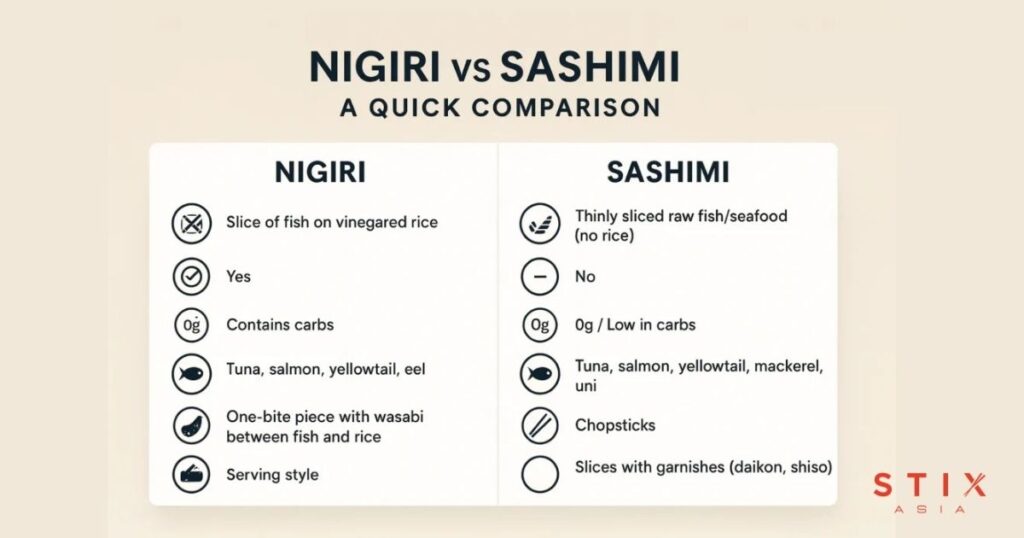
Though I hope you know the major differences between Nigiri vs Sashimi, and if you ever have to choose one based on your specific needs, like low carbs, with rice, or without rice, you can choose easily. Here is a quick comparison table for a clear overview and better understanding.
| Key Differences | Nigiri | Sashimi |
| Definition | Nigiri Sushi is served with vinegared rice and raw or cooked thin slices of fish. | A thinly sliced raw meat, beef, chicken, or fish served without rice. |
| Is it cooked? | Yes, you can opt between cooked and raw. | Authentically raw, especially in Japan. But in the U.S., you can sometimes find lightly cooked/seared sashimi depending on your choice or safety standards. |
| Origin | Japanese | Japanese |
| Is it Sushi? | Yes! | Strictly no. |
| Always Fish? | Yes. | No, you can choose between seafood and meat. |
| Is it served with rice? | Yes. | No. |
| How can I eat? | Hands or chopsticks. | Chopsticks. |
| Garnished with. | If you truly want to experience the traditional taste, then no garnishing, otherwise you can use soy sauce. | Mostly garnished with daikon radish and shiso leaves. |
Want to compare Nigiri with rolls too? See our Nigiri vs Maki guide for a clear breakdown.
Why is Sashimi more Expensive than Nigiri?
Sashimi is more expensive than nigiri because it requires more preparation for presentation, like garnishes and sides. Moreover, it has a thicker cut and contains a larger protein portion compared to one-bite nigiri.
Similarly, nigiri is a bite-sized portion of sushi rice and comes with a single piece of fish. Whereas sashimi has multiple slices in each serving.
Which one is better: Sashimi or Nigiri?
Picking up one is hard. It generally depends on your taste and eating preferences. The following things can help you choose the better option for you:
- If you need a wholesome meal, a combination of both carbs and protein, go for Nigiri.
- Some people, who’re trying sushi for the first time, might get a bit intimidated by the uncooked fish. But, you may be surprised to know that research shows that 32% of Americans who haven’t tried sushi ever are open to trying it if they get a chance. So, it’s not that awkward!
- If you’re looking for various options, Sashimi suits best. You can choose between fish, meat, or chicken, but the choices vary from restaurant to restaurant.
With that being said, both sashimi and nigiri have their own position. Both are exceptional in terms of simplicity and authenticity.
Pro Tip:
If you’re new to sushi, start with Nigiri; it’s less intimidating because of the rice. Once you’re comfortable, explore the pure flavors of Sashimi. If you want to enjoy the mouth-watering sushi and the nutritious sashimi with a great ambience and a wide dining hall then you can look at our restaurant sushi matsuri.
FAQs:
Is Sashimi Sushi?
No, sashimi isn’t sushi. Because it doesn’t fit the basic definition of sushi, i.e, made from sushi rice. In fact, sashimi is a traditional Japanese dish made from raw fish. It’s served without rice. Sashimi platters are generally presented with daikon and shiso leaves. In Japan, it’s usually served raw and authentic, while in the U.S, you might find slightly cooked or seared sushi.
How to eat Nigiri?
Nigiri literally means “two-finger,” truly representing how to eat it. The best way to enjoy nigiri is to eat it with your hands. If you’re a little shy to eat with your hands, you can use chopsticks.
Is Sashimi served with rice?
No, sashimi isn’t served with rice. Sashimi is simply a raw seafood or protein dish. Nigiri is served with rice. It’s a piece of fish set on the top of a mound of vinegared rice.


